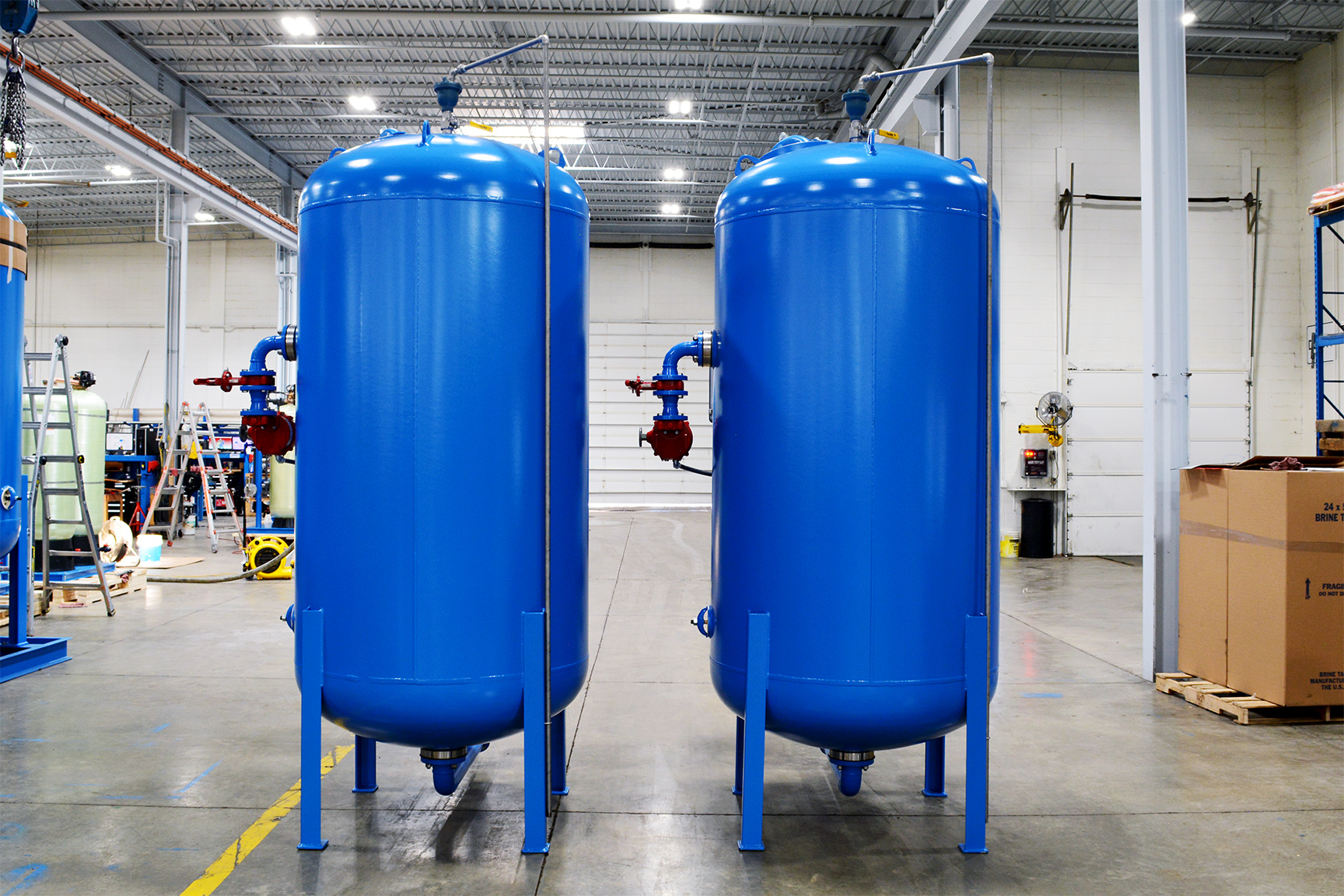
Image Source – Google
Ion exchange resins play a crucial role in water treatment, chemical processing, pharmaceuticals, food and beverage production, and various other industries. These resin beads are designed to selectively remove ions from solutions, making them an essential tool for purification and separation processes. In this article, we will delve into the intricate world of ion exchange resin manufacturing processes to uncover the secrets behind their production.
The Basics of Ion Exchange Resins
Before diving into the manufacturing processes, it's important to understand the basics of ion exchange resins. These resins are typically made of organic polymer substrates that contain functional groups capable of exchanging ions with the surrounding solution. The most common functional groups include sulfonate, carboxylate, amine, and phosphate groups.
Types of Ion Exchange Resins
- Cation exchange resins: These resins exchange positively charged ions.
- Anion exchange resins: These resins exchange negatively charged ions.
- Chelating resins: These resins are designed to selectively remove specific metal ions.
Manufacturing Processes of Ion Exchange Resins
The manufacturing of ion exchange resins involves several intricate processes that determine the quality and performance of the final product. Here are the key steps involved in producing ion exchange resins:
1. Polymerization
The first step in resin manufacturing is polymerization, where the base polymer is synthesized. This process involves the polymerization of monomers to form a three-dimensional network structure. The choice of monomers and polymerization conditions can significantly impact the properties of the resin, such as porosity, surface area, and ion exchange capacity.
2. Functionalization
Once the base polymer is formed, it needs to be functionalized with ion exchange groups. This step involves the introduction of functional groups onto the polymer backbone through chemical reactions. The type and density of functional groups determine the selectivity and efficiency of the resin in ion exchange processes.
3. Crosslinking
Crosslinking is a crucial step that imparts mechanical strength and chemical stability to the resin beads. Crosslinking agents are used to form bridges between polymer chains, creating a network structure that prevents the resin from swelling or dissolving in water. Proper crosslinking ensures the durability and longevity of the resin in various applications.
4. Washing and Drying
After functionalization and crosslinking, the resin beads undergo thorough washing to remove any impurities or unreacted chemicals. This step is essential to ensure the purity of the resin and prevent contamination of the final product. The washed resin beads are then dried to remove excess moisture before packaging.
Quality Control in Resin Manufacturing
Quality control is a critical aspect of ion exchange resin manufacturing to ensure the consistency and performance of the final product. Here are some key factors that are monitored during the manufacturing process:
1. Ion Exchange Capacity
- The ion exchange capacity of the resin determines its efficiency in removing ions from solutions. This parameter is closely monitored to ensure that the resin meets the required specifications for different applications.
2. Particle Size Distribution
- The size and uniformity of resin beads can impact their performance in packed beds or columns. Controlling the particle size distribution is essential to achieve optimal flow dynamics and ion exchange kinetics.
3. Thermal Stability
- Ion exchange resins are often exposed to high temperatures in various industrial processes. Ensuring the thermal stability of the resin is crucial to prevent degradation or loss of ion exchange capacity under harsh conditions.
Applications of Ion Exchange Resins
Ion exchange resins find widespread use in various industries due to their versatility and efficiency in ion separation and purification. Some common applications of ion exchange resins include:
- Water softening: Cation exchange resins are used to remove hardness ions such as calcium and magnesium from water, preventing scale formation in plumbing systems.
- Wastewater treatment: Anion exchange resins are employed to remove toxic ions and heavy metals from industrial wastewater before discharge.
- Food and beverage processing: Chelating resins are used for metal removal and purification of food and beverage products, ensuring compliance with quality standards.
Conclusion
Ion exchange resin manufacturing processes involve a series of complex steps that combine chemistry, engineering, and quality control to produce high-performance resins for various industrial applications. By understanding the secrets behind resin production, we can appreciate the ingenuity and precision required to create these essential materials that drive innovation and sustainability in modern industries.